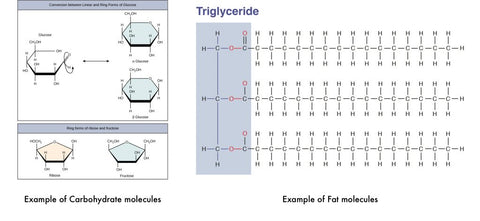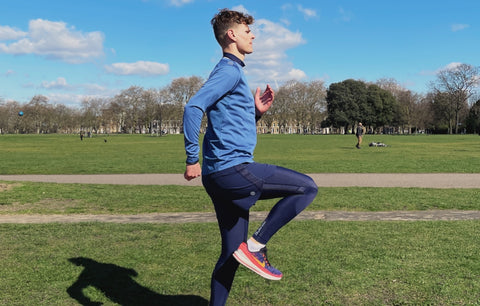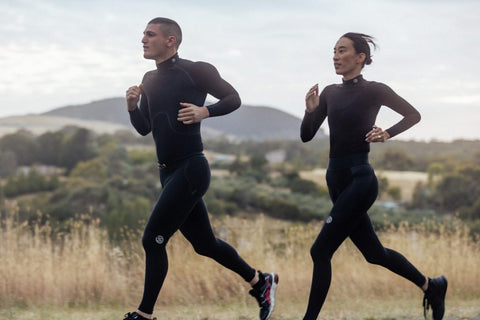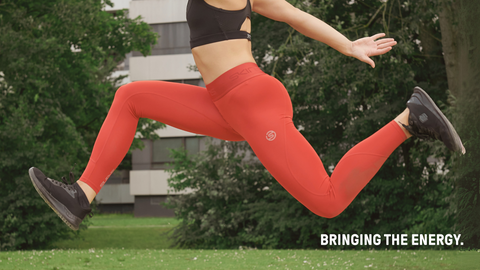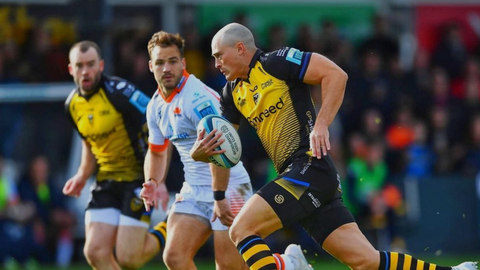‘To Carb or not to Carb that is the question’. Nearly every athlete asks: Why do we need carbs? What quantity of carbs do I need? The right way to answer any question in terms of Carbohydrate is: It depends!

Before trying to answer the questions above it’s always good to understand the science behind carb consumption. Fortunately, you don’t need a degree in Biochemistry to understand this process. Simply put, our body needs energy to fuel muscular contractions.
There are two ways our bodies fuel muscle contractions. Through Carbohydrate molecules such as glucose, and Fat molecules called Triglycerides. To give you some understanding as to the difference between the two types of molecules below are two pictures. On the left is a carbohydrate molecule and on the right is a fat molecule. As you can see structurally, they are very different. Carbs are very simple and easy for the body to breakdown as they are very small with not many bonds and chains. Whereas Fat molecules have a lot of chains and bonds to breakdown for the body to take energy it can use for exercise.

WHY DO WE NEED CARBS FOR EXERCISE?
Due to the size of fat molecules, it is a very slow process to get energy from them. It relies on you operating in a completely aerobic zone when training.
Over a certain intensity (a very low intensity) your body is simply unable to use fat as an effective fuel source. Your body prefers burning carbohydrate to support your exercise performance, particularly when the intensity is high. This is because it’s easier for the body to get useful energy faster.
You need to fuel using carbohydrates before exercise. If you don’t your body will break down muscle fibres to create carbohydrate for high intensity training. Low carbs leads to training hard to develop muscle only to then breakdown and lose the muscle we are trying to create!
The complications with Carbohydrates come when we look at storage.
Generally, a 70kg (154 pounds) male can hold around 2,000 kcal worth of carbohydrate in their body at any one time. Once a certain threshold is hit, that’s when Carbohydrate is converted and stored as adipose tissue or fat. This is where the idea of Carbs making us fat comes from. We need to be clever when we target carbohydrate consumption in terms of timing the meals and how much we have at each meal.
Say you are someone who runs four times a week, goes to the gym once a week and has two rest days. Rest days are vital to help training adaptation and give your body a full rest. This is the time to lower carbohydrate consumption because you don’t need many carbs to go for an easy walk or to do low intensity activity.
However, if you are going to do 2x HIIT classes or a long run then you need to consume more carbohydrate in order to match your exercise demands. This is a process called ‘Fuelling for the work required’ which was coined by Dr Sam Impey at Liverpool John Moores University1 . Using this process enables you to be fuelled sufficiently for your hard workouts and avoid overconsuming Carbohydrate when you can’t use it.
Putting this method of feeding into practice is much easier than it sounds. Below is week of training completed by one of my athletes with a race we used as part of preparations for the Manchester Marathon at the end.
When matching Carbohydrate demand for the day with the training intensity I start with the green days. Green days are where there is a high carb energy demand on the athlete with the session or event they are completing. This is either on the day of that session or the day before.
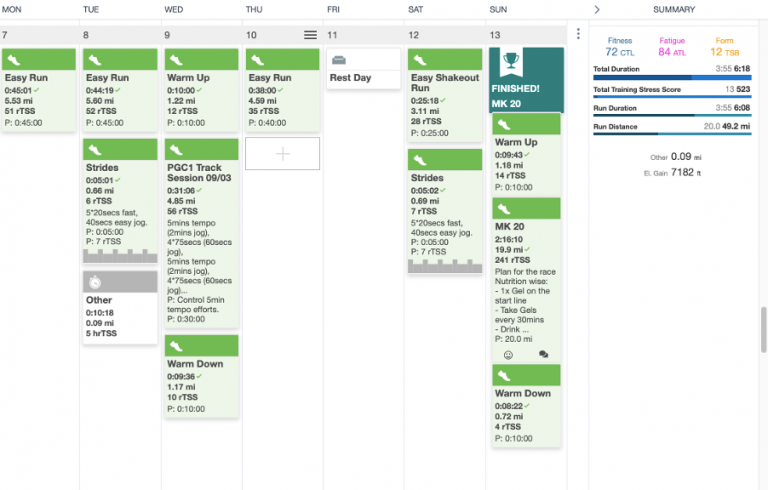
YELLOW DAYS
Yellow days are days where there is a lower Carb demand, but we are looking to prepare the body for the next day where there is a high carb demand. Red days are rest days or easy days where we don’t have a high carb demand in the session and we don’t need to pre-fuel for tomorrow’s session.
When you are completing an intervals, threshold/tempo session, long run, double run, gym session or most importantly a race these will be green days. On these days you need to focus on increasing the amount of carbs you consume. Do this through eating good sources of Carb such as: Rice, Pasta, Beans/Pulses, Cous-Cous, Potato or Oats. I’d recommend avoiding things like bread unless you are buying fresh bread as it’s heavily processed and can weigh you down.
Timing wise it’s very much down to the individual but I’d recommend trying to get over 60g of carbs in for the final two meals before you train. I’d also recommend a high carb snack before training such as a pancake, banana, malt loaf or muesli bar. This will ensure you are sufficiently fuelled for your session.
On the easy days and medium carb days you want to be changing your portion sizes to meet the demands of training. On the training week above on the Saturday the athlete may have had 3-4 tbsp of rice whereas on the Friday they may have only had 2 tbsp for example. You need to make sure that you plan your food intake for the week around the sessions you are completing. Diet organisation is key!
1 https://pubmed.ncbi.nlm.nih.gov/29453741/
